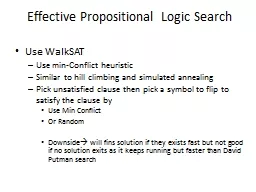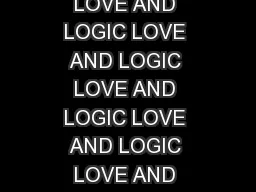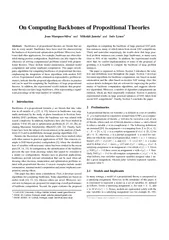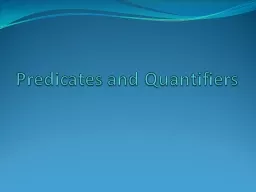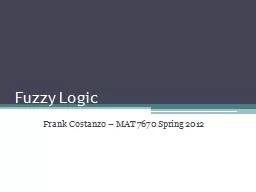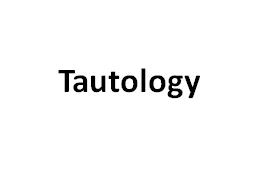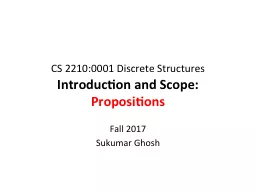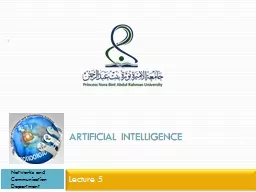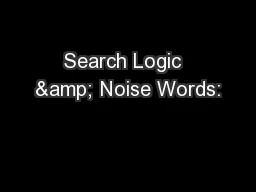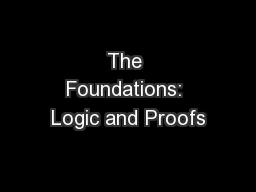PPT-Effective Propositional Logic Search
Author : debby-jeon | Published Date : 2016-08-04
Use WalkSAT Use minConflict heuristic Similar to hill climbing and simulated annealing Pick unsatisfied clause then pick a symbol to flip to satisfy the clause
Presentation Embed Code
Download Presentation
Download Presentation The PPT/PDF document "Effective Propositional Logic Search" is the property of its rightful owner. Permission is granted to download and print the materials on this website for personal, non-commercial use only, and to display it on your personal computer provided you do not modify the materials and that you retain all copyright notices contained in the materials. By downloading content from our website, you accept the terms of this agreement.
Effective Propositional Logic Search: Transcript
Download Rules Of Document
"Effective Propositional Logic Search"The content belongs to its owner. You may download and print it for personal use, without modification, and keep all copyright notices. By downloading, you agree to these terms.
Related Documents

